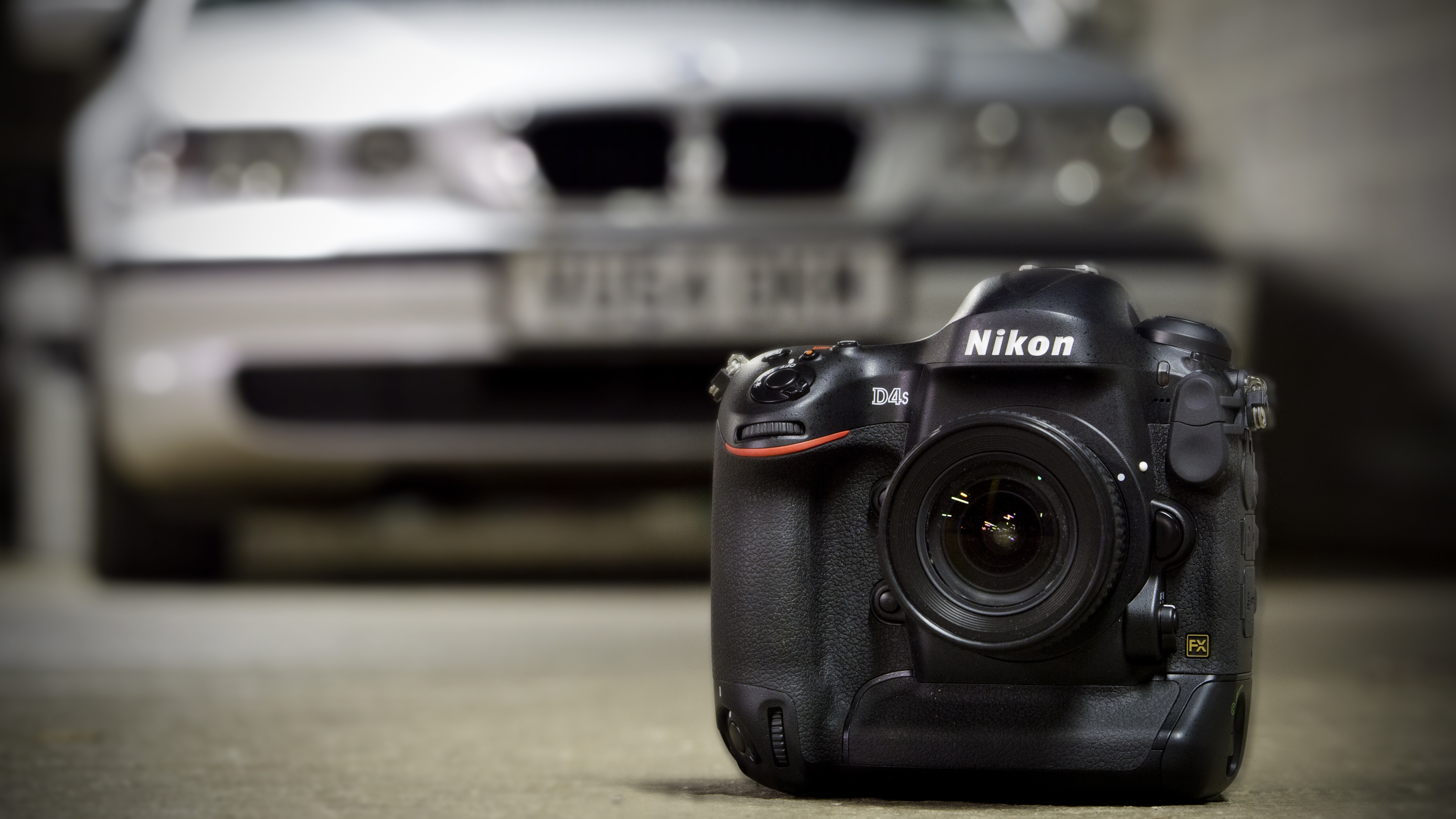Yo ISO, how low can you go?
Why do camera manufacturers insist on taking ISO settings upwards instead of down?

It was by a series of great achievements that by the end of the 1800s photographic 'emulsion' was sensitive enough to light that portrait photographers no longer had to use head clamps to ensure their subjects stayed still for the duration of the exposure.
Progress in the science of light-sensitive materials had discovered compounds and ways of creating larger crystals that reduced the time required to make a decent photograph.
By the end of film's heyday, perhaps sometime in the 1990s, photographers had access to emulsions that had reached the heady heights of ISO 3200. That's quite some dramatic progression from the ISO 1/4, and lower, equivalent ratings of the early days of our craft.
Efforts in the wrong places
Film users today can still enjoy loading emulsions that can be conveniently used at ISO ratings of 25 and others at ISO 6400 with excellent results, but in the new and improved world of digital photography most of us face life without any full-toned settings below ISO 100.
Don't get me wrong – it is wonderful to have ISO 6400 settings that produce relatively noise-free and useable images, and some models go even higher before they break up, but it seems to me that 98% of the efforts put into the research of ISO settings have been with the aim of creating cleaner high settings rather than nice low ones.
I understand it's difficult to maintain a full tonal range in ISO settings below 100, and that burnt-out highlights become an issue, but are these insurmountable issues, or simply issues more difficult to tackle than the low contrast and gritty textures of ISO 125,000? In all honesty I don't know for sure, but have been told heading south is more challenging than north when it comes to sensor exposure – but really, a little more effort would be nice.

The demand for longer exposures is clearly there – just ask anyone who sells or makes neutral density filters. There was a waiting-list for NDs from one famous brand not so long ago, and even now NDs are the fastest selling type of filter. Surely anyone using an ND to gain one or two stops would rather not have to use an extra piece of glass over their lens.
Sign up for breaking news, reviews, opinion, top tech deals, and more.
And it isn't just those wanting milky water, star trails and empty city pavements that would appreciate lower ISO settings. If you have a f/1.2 or f/1.4 lens and like to shoot above ground on a sunny day you might find that the lovely wide aperture you spent all that money on can't be used. You might even struggle at f/1.8.
There aren't too many cameras with shutter speeds beyond 1/4000sec, and even those that are equipped with such delights struggle to keep enough light out when gunning for minimal depth of field during the hours of daylight.
Almost there
Users of Canon EOS professional cameras have had an option to select something equivalent to ISO 50 for a while. However, as a 'Lo' setting, and not even labelled as ISO 50, we know that even Canon agrees it is a compromise. The same applies to those enjoying Sony's A7 series bodies. Nikon users will soon be able to set a proper non-expansion-mode ISO 64 if they can afford the D810 – but when will ISO 64, 50, 32 and 25 be available for everyone? Surely science says that the more light on a sensor the better – that's why we like big pixels and we avoid underexposure. Less amplification = cleaner pictures.
I can understand beginners' DSLRs needing high ISO settings for auto ISO modes, so camera shake can be avoided, but how about sacrificing the higher settings for some noise-free long-exposure or shallow-depth-of-field luxury in enthusiast and higher-end bodies?
Is that too much to ask? Correct me if I'm wrong, but I don't think so.